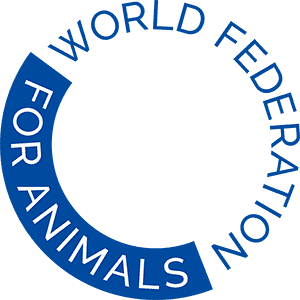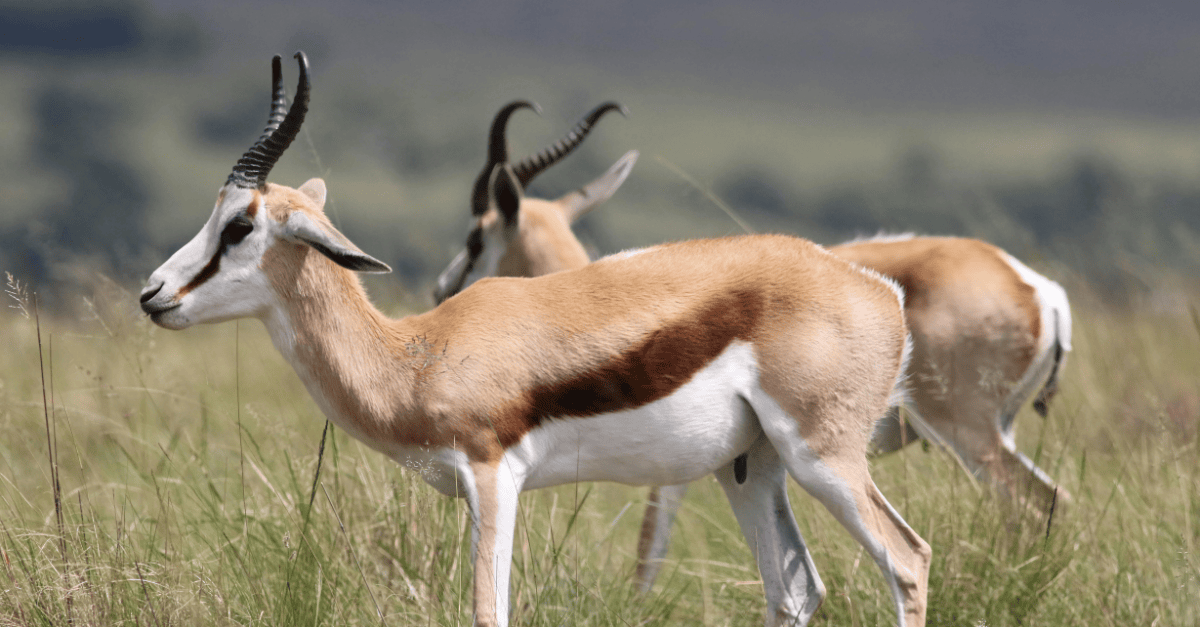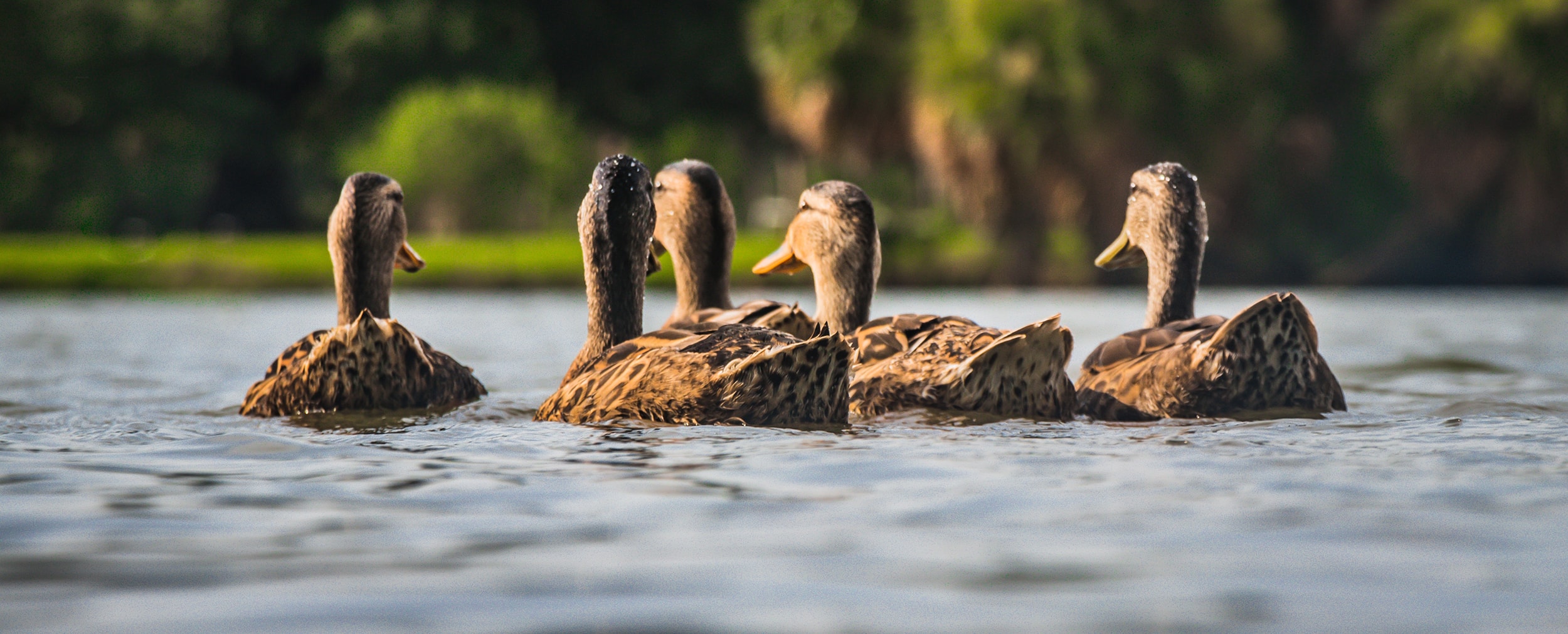As global challenges intensify, world leaders gathered at the Summit of the Future to adopt transformative actions under the Pact for the Future. While ambitious in scope, the true impact on animals and environmental sustainability will depend on how countries integrate the Pact’s calls within their national contexts. In this post, we explore two critical areas from the Pact for the Future—food security and biodiversity—and its implications for animal welfare, as well as key insights from our side event Post-2030: a holistic approach to sustainable development.
Food Security and Sustainable Consumption & Production
One-third of the world remains food-insecure, making food security a central focus of the Pact for the Future. Leaders at the Summit committed to addressing the drivers of hunger and malnutrition by promoting equitable, resilient, and sustainable agrifood systems.
By making these commitments, global leaders aim to ensure everyone has access to safe, affordable, sufficient, and nutritious food. This language can be leveraged by animal protection organisations in their advocacy efforts. For example, promoting healthy animal welfare practices can reduce the risks of foodborne illnesses and zoonotic diseases, directly contributing to safer food supplies. Additionally, advocating for a shift toward sustainable consumption patterns with more plant-rich diets—especially in regions with high consumption of animal-source foods—can help increase access to nutritious food and support broader sustainability goals. This approach aligns with the Pact’s Action 10(c), which focuses on Sustainable Consumption and Production. By highlighting these connections, we can argue for the integration of animal welfare considerations into national and global policies to achieve the Pact’s objectives.
Additionally, zero-waste initiatives play a crucial role in reducing food waste. This is particularly important as regards animal products, which generally have a higher environmental footprint than other foods. Reducing waste in high-impact food categories contributes to both sustainability and food security goals. It is essential to develop systems that minimise waste while ensuring that the resources used in animal production are managed responsibly.
Protecting Biodiversity
With biodiversity loss accelerating, the Pact for the Future emphasises the need for ecosystem protection and restoration. Leaders recommitted to achieving a world where humanity lives in harmony with nature. However, while the Pact for the Future calls to protect wildlife, it falls short of previous statements, such as Transforming our World, which established the SDGs, or Ministerial Declarations that explicitly called for the “protection of wildlife and other living species.” This shift in phrasing represents a step backwards and underscores the need for continued advocacy to ensure comprehensive protection for all forms of life.
The Pact outlines goals to halt biodiversity loss by 2030, emphasising the importance of preserving ecosystems for the well-being of present and future generations. However, these commitments remain broad, and the lack of detailed implementation pathways leaves room for further clarification and action, particularly concerning wildlife protection and ecosystem restoration.
Climate: The Role of Nature and National Commitments
The Pact underscores the role of nature in addressing climate change, particularly through ecosystem protection and restoration as highlighted in Action 10(e), which is linked to achieving climate goals. This emphasis presents an opportunity for countries to strengthen their Nationally Determined Contributions (NDCs) by incorporating measures to protect wildlife and nature. As nations prepare to update their NDCs, integrating biodiversity conservation and ecosystem restoration—while reducing the environmental pressures of food systems—can significantly bolster climate resilience. At the World Federation for Animals, we see this as a critical moment to advocate for the inclusion of wildlife protection in NDCs and are developing an inventory of policy actions to support this effort.
Finally, the Pact includes recognition of the right to a healthy environment, which is primarily referenced in the annex for future generations but also appears in the body of the Pact. This acknowledgement is significant because environmental health is intrinsically linked to animal welfare. A healthy environment ensures the preservation of ecosystems and habitats that are essential for the survival and well-being of animals. By recognizing this right, the Pact lays a foundation for stronger environmental protections that directly benefit wildlife, aligning with WFA’s mission to advocate for animal rights and conservation. However, to fully realise this right, further clarity and stronger commitments are necessary. The inclusion of this right opens avenues for our movement to engage in future advocacy and action toward more comprehensive environmental and animal protections.
Post-2030 Side Event: A Holistic Approach to Sustainable Development
On 18th September, WFA and the UN Office of the High Representative for the Least Developed Countries, Landlocked Developing Countries and Small Island Developing States held an online event on the need for a comprehensive and holistic approach to sustainable development, one that respects all forms of life. This perspective is vital for achieving the 2030 goals and laying the foundation for sustainable development beyond 2030.
Speakers stressed the importance of animal welfare for the achievement of the Sustainable Development Goals (SDGs), for example, SDG 1 (No Poverty) and SDG 2 (Zero Hunger). They also emphasised the need to adopt a One Health approach, integrating human, animal, and environmental health.
WFA’s Arjan van Houwelingen highlighted the urgency of food systems that protect animal welfare to reduce greenhouse gas emissions and ensure long-term sustainability”
You can watch the recording here.
Moving from Vision to Action
The Pact for the Future sets the stage for transformative action on food security, sustainable agriculture, and biodiversity. However, success will depend on how these commitments are realised. Animal welfare plays a synergistic role in sustainability goals through the One Health approach and cross-sector collaboration. Ensuring that people, animals, and the planet thrive will require efforts to future-proof food systems and ecosystems.





